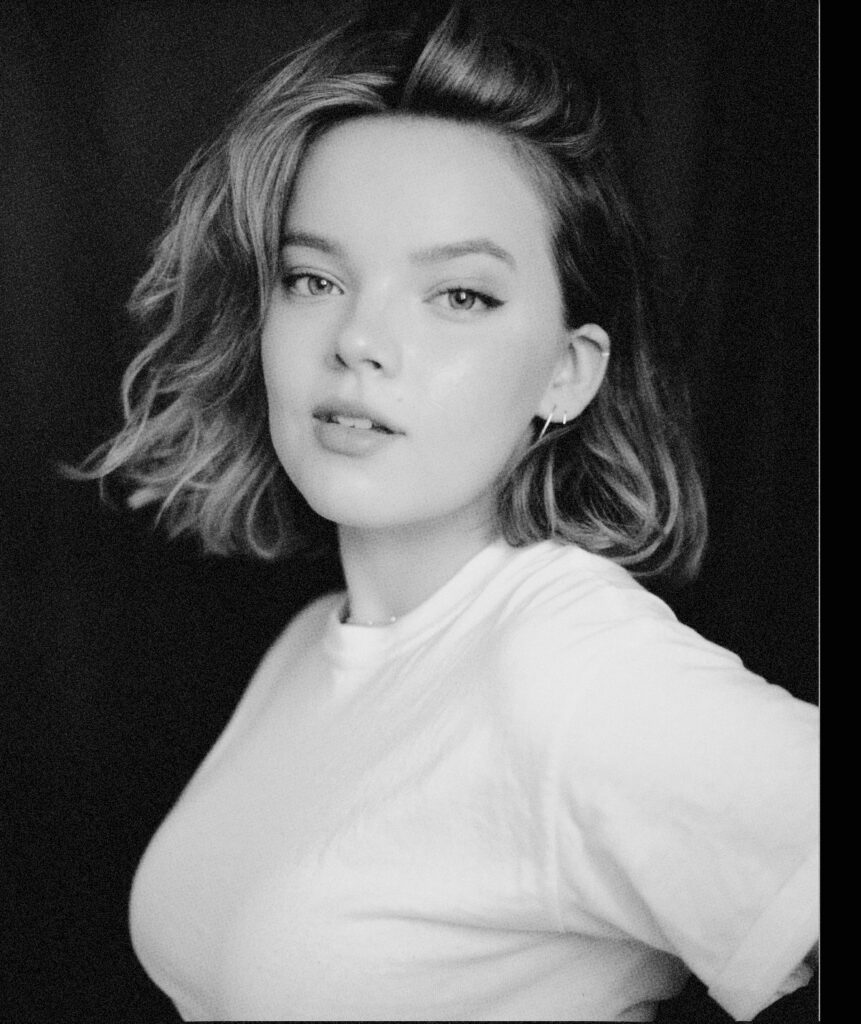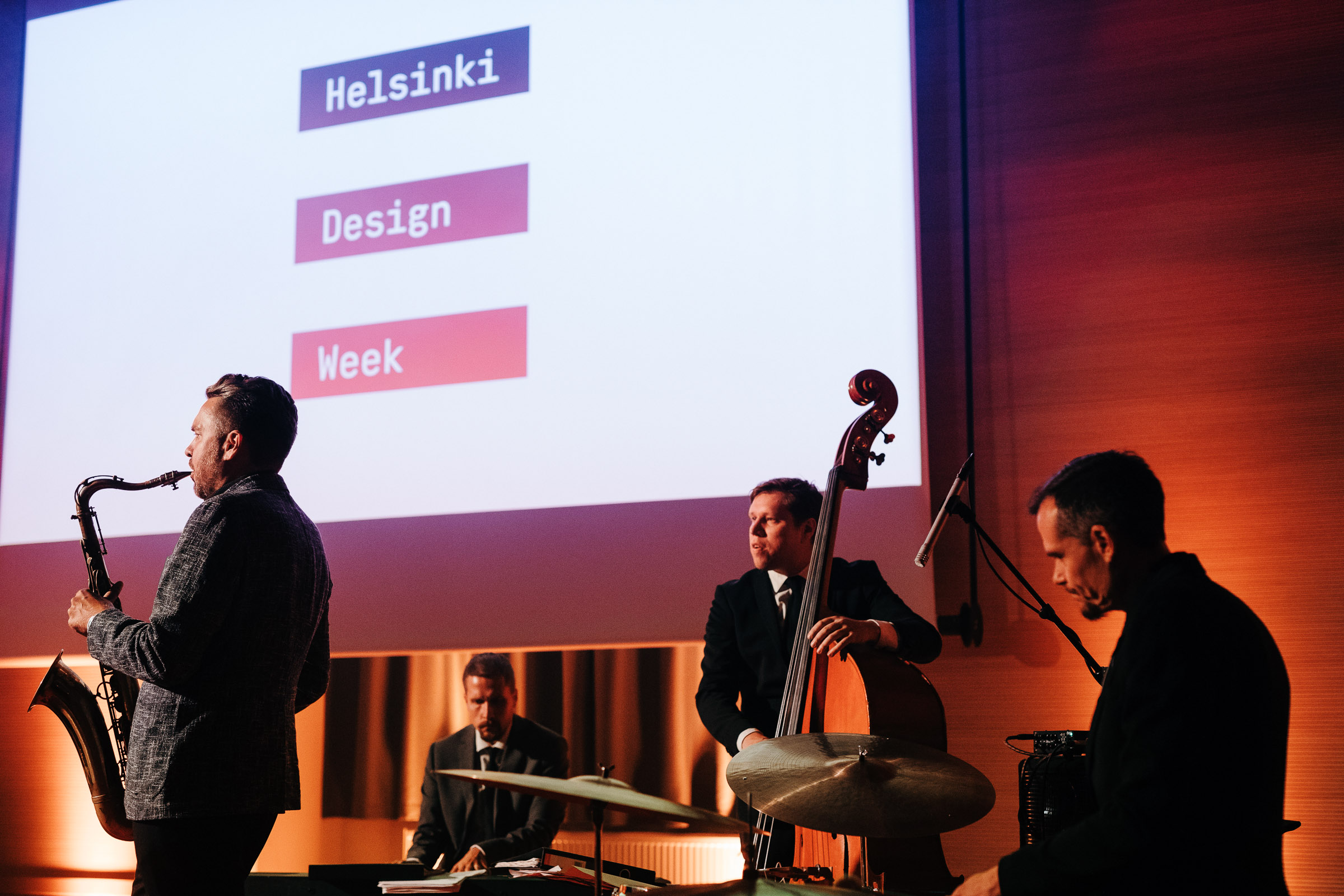
The dream design festival is a new way to think
Helsinki Design Week was founded in 2005. The purpose was and still is to present the latest ideas in the field of design and to create meaningful encounters around them. To succeed, the annual festival requires surprise, that is, constant renewal. The biggest change in HDW ‘s history has been the establishment of its own media, Helsinki Design Weekly.
The largest design festival in the Nordic countries must not only remain transformative, but also strive for open-mindedness and diversity in its development work. Over the years, a unique ecosystem has grown up around Helsinki Design Week. The members of the 2021–2022 Advisory Board were also found in this ecosystem: the City of Helsinki is represented by Hanna Harris, Chief Design Officer; and Arto Sivonen, founder of the Måndag agency, is the voice of the creative economy. Institutes and cultural institutions are represented by Pilvi Kalhama, Director of EMMA – the Espoo Museum of Modern Art. The ministries’ broad stakeholder group is represented by a consultant in the Innovation Policy Group of the Ministry of Employment and the Economy, Petra Tarjanne, who is also an expert in the creative economy, and Hanna Maula, UPM-Kymmene’s Vice President, Communications and Brand. Trade unions in the design industry are represented with the participation of Anssi Kähärä, graphic designer and creative director of Werklig and the chairman of Grafia ry (2019–). Helmi Korhonen, a Master of Design student in Aalto University’s Creative Sustainability Design programme, brings a new generation of designers to the Advisory Board from the perspective of a sound and design student.
“Over the years, HDW has been fortunate to be advised by people from all over the creative industries. In their early years, their role was to act as our ambassadors and tell their own background groups about the new actor in the field. In the internationalization phase, HDW sought a strong content view from outside, and experts were invited to the Advisory Board from places like Germany, England and Italy. Closer cooperation with the City of Helsinki and Aalto University brought with it a broad societal vision. Our current operating environment is well described by the advisory board, which has representatives from several different stakeholders. It will hopefully further strengthen Helsinki Design Week and Weekly’s ability to increase discussion and interaction,” says Kari Korkman, Founder and Director of HDW.
Hanna Harris

The activities of the HDW Advisory Board follow the activities of the HDW and bring new perspectives to it. The added value of a multidisciplinary expert group can also be found in meandering discussions.
“Design can be discussed on many levels. I personally think all discussions are valuable because design has a fundamental impact on our daily lives – whether it makes objects or buildings functional or beautiful, or what the role and responsibility of designers is when they create something new in both physical and digital environments. I’ve also been interested in what we can learn from designers for a long time. Each of us can practice combining or prototyping analytical and intuitive thinking in different contexts,” says Hanna Maula.
Hanna Maula
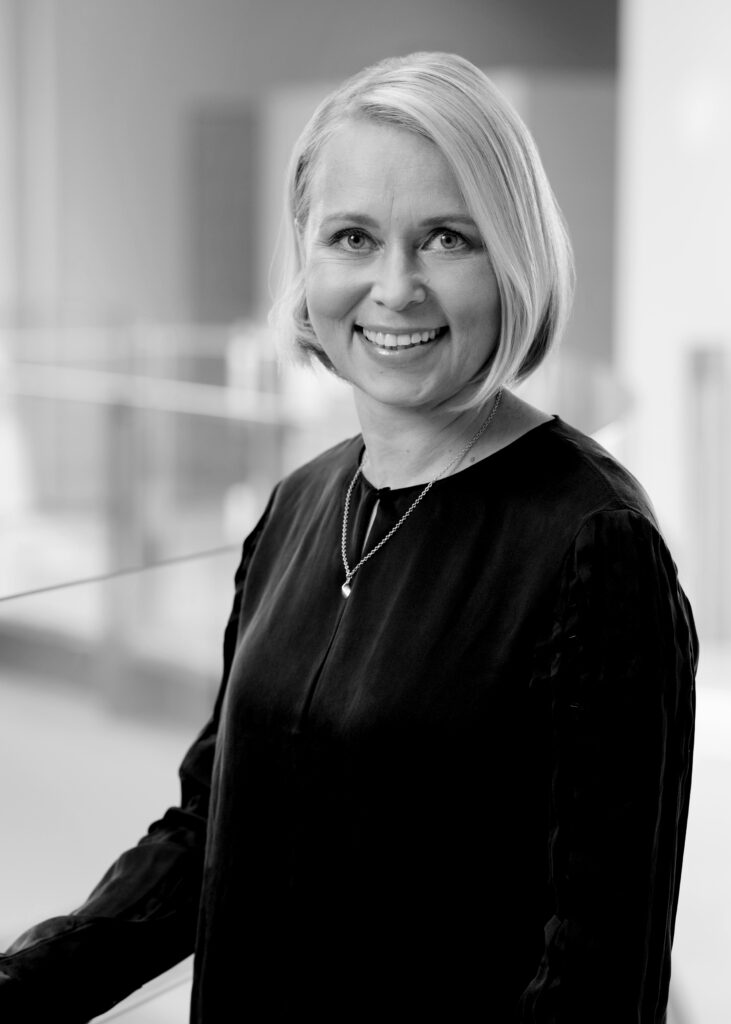
All members of the advisory board are encouraged to dream. What is the Advisory Board’s dream design festival like?
Arto Sivonen: The design festival of my dreams is participatory, which builds understanding and communication in a constructive direction. It does not exclude anyone. It inspires and encourages change. It communicates its values clearly, speaks boldly and takes a stand for its values.
Arto Sivonen
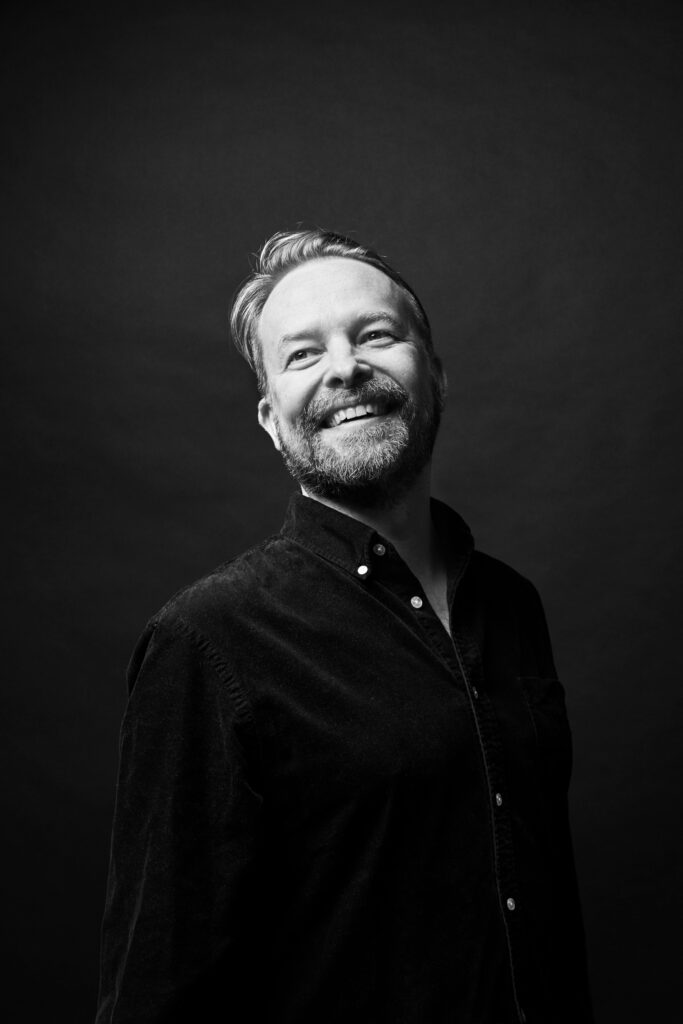
Pilvi Kalhama: Looking openly and outwardly at the boundaries and methods of design; diverse, engaging new interest groups; a festival that ventilates established ideas.
Pilvi Kalhama
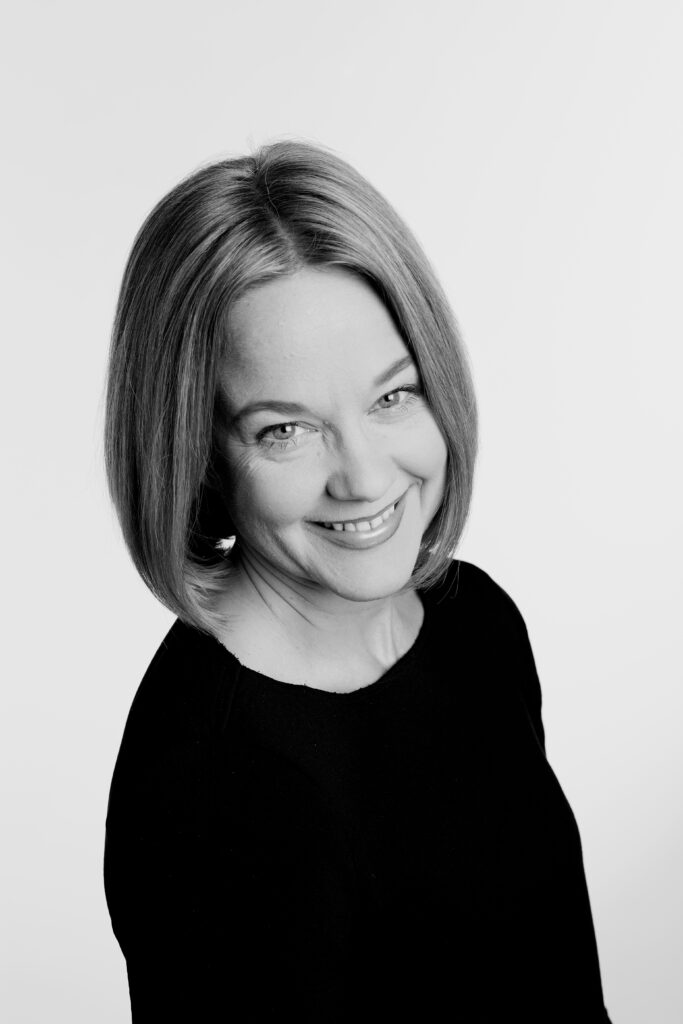
Anssi Kähärä: In this pandemic mood, it is necessary to say that the design festival of dreams is physical and one where you can also touch things. Perhaps more broadly, the design festival of dreams is multidimensional and also multisensory: one that offers different experiences from different tips and starting points. High quality is also important, although “quality” is a somewhat subjective concept. Instead of quality, perhaps we could talk about ambition, that is, the bar should be suitably high.
Anssi Kähärä
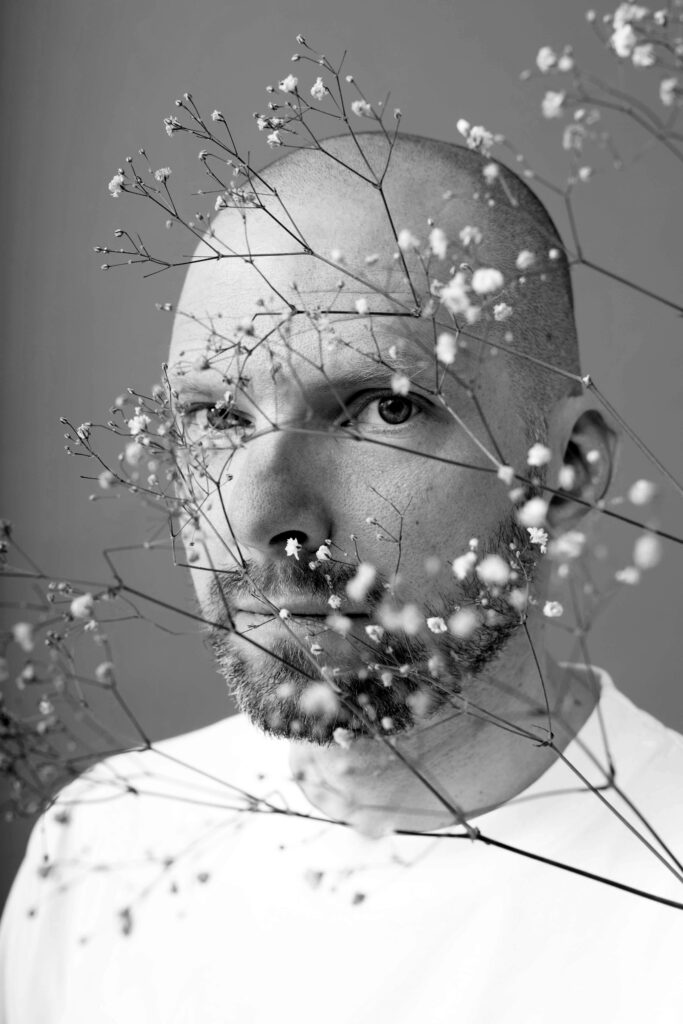
Helmi Korhonen: The design festival of my dreams is a celebration of design and architecture. It feels like a strange combination of a garden party, a demonstration and a museum tour, and brings people together in celebration regardless of their profession, place in society and age group. The design festival of my dreams reminds us each of the shaping power of design, whether it appears either in the small grooves of the clay pot or as a larger movement that truly revolutionizes society.
Hanna Maula: The dream design festival inspires and evokes new ideas, as well as invites and reaches various target groups, including children. It also makes people think about current phenomena. I believe that there is a lot in the world of design which professionals in different fields can draw from and get stimuli for their work. On the other hand, good design also brings joy to people’s homes and everyday lives.
Hanna Harris: It touches the city dweller, surprises or even challenges the professional, and looks like their own hometown. It brings people and ideas together experientially and creates new ones. At the same time, the festival experience itself has been imaginatively designed.
At the heart of Helsinki Design Week’s activities is the prominence of design and architecture. Why is it important to discuss design and architecture?
Pilvi Kalhama: They apply to every person and form the framework for the everyday life we live in. The smoothness and comfort of everyday life has a great impact on wellbeing. People’s needs change over time, and that’s why it’s important to echo them through multi-level conversation.
Petra Tarjanne
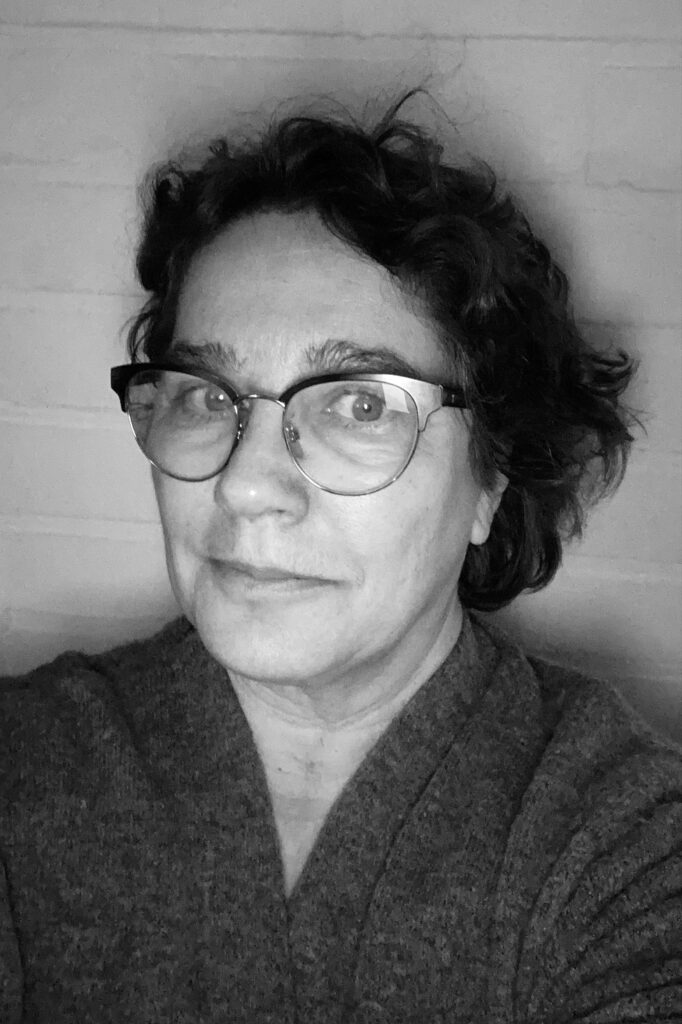
Arto Sivonen: It is important to discuss design and architecture because they are understood too narrowly. Professionals don’t see their potential or understand how strong the tools are that they have at their disposal in connection with social change. Audience perceptions are also often related to the history and traditions of design. For many, the definition of design is related to goods or to buildings. Its diversity and possibilities cannot be perceived.
Helmi Korhonen: A critical, open and in-depth dialogue on design is an important part of the social debate. Many disadvantages and opportunities in the field can only be highlighted by talking. Following this year’s theme, one has to ask what is wise to design now – and in my experience, the best answers are usually found by talking about and questioning them together with others.
Anssi Kähärä: Design and architecture affect our everyday lives, whether we are aware of it or not. We humans are sentient and physical beings, constantly interacting with our environment. Therefore, what our environment is like – and what it is shaped like – does not matter.
Helmi Korhonen
